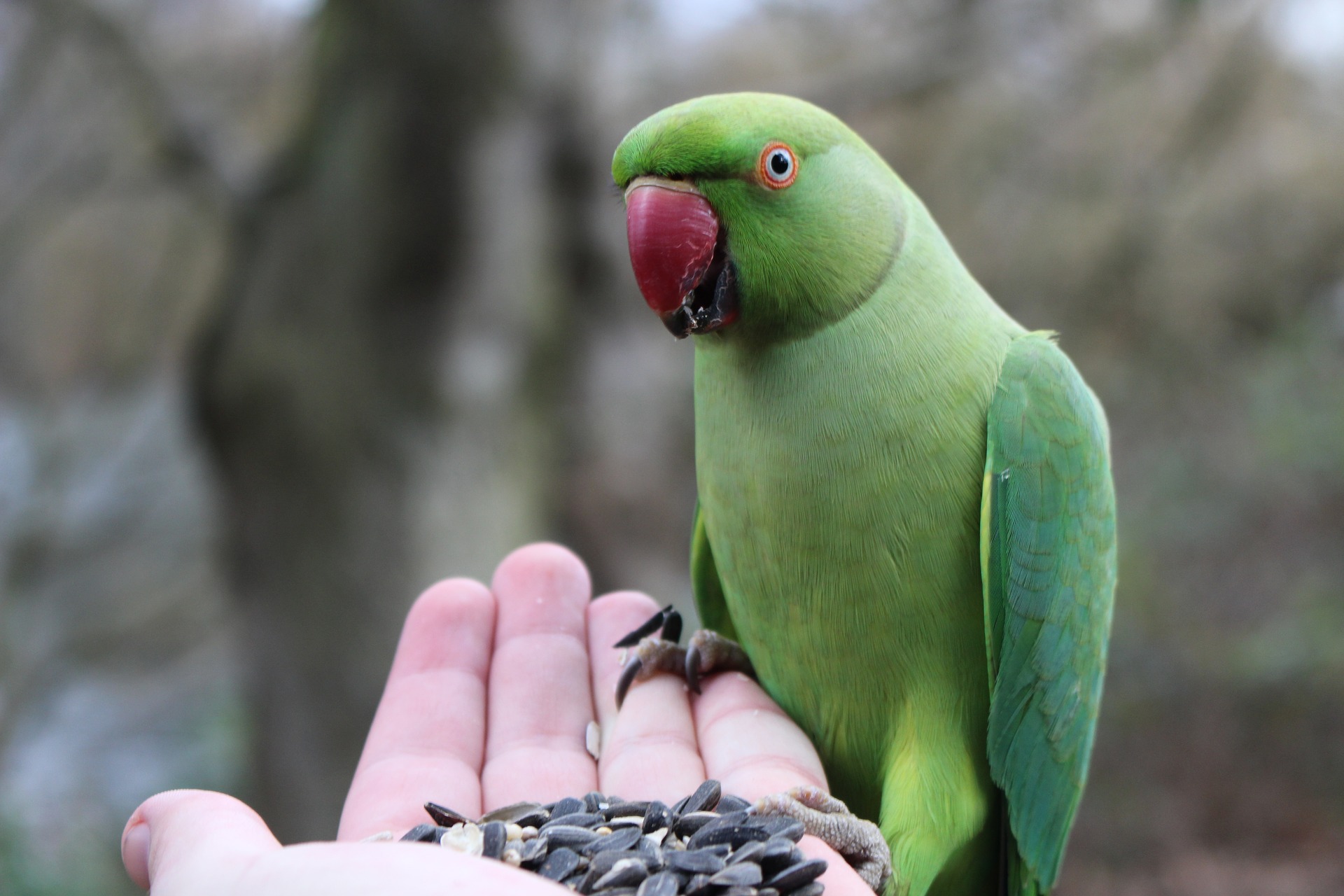| Principal Investigators: | Dr Simon Tollington and Dr. Jim Groombridge |
|---|---|
| Project Dates: | 2013 – present |
| Funding: | NERC, Rufford Foundation, British Ecological Society |
| Collaborators: | Mauritian Wildlife Foundation (MWF), Wildlife Vets International (WVI), Durrell Wildlife Conservation Trust. |
Conservation programmes often provide supplemental food (SF) to free-living populations of endangered species in order to mitigate seasonal fluctuations and short–falls in natural food availability. SF is often applied as a safety-net whilst the limiting factors of a threatened population are addressed, but a growing body of research also demonstrates that SF can be associated with negative impacts such as reliance, poor nutrition and disease transmission. Therefore, understanding the precise effects of SF is a fundamental question for population biologists. Characterising and partitioning the exact costs and benefits of supplemental feeding requires long-term data on individual life-histories and a method to quantify consumption of SF at the individual level.

The successful recovery of the previously critically endangered Mauritius parakeet has, in part been attributed to the provisioning of SF; breeding pairs which use SF are able to fledge more offspring than those which do not, an effect of SF quantified via a NERC studentship awarded to Jim Groombridge and delivered by Simon Tollington. However, this apparent benefit of supplemental feeding comes with a cost. Recent research revealed that during an outbreak of beak and feather disease virus (BFDV) in the parakeet population in 2005, hatching success of breeding pairs which use SF was significantly reduced; surprisingly this reduction in reproductive fitness was only apparent among pairs which take SF. Detection of these effects of SF have so far been based on simple binary data on SF use; non-SF users were defined as those birds never observed at feeders and SF users as those birds having visited feeders once or more. However, to reveal the true interactions between SF use, productivity and disease requires individual-level SF use to be quantified at a fine scale.
Our research therefore uses the analysis of stable isotopes from feather samples in order to estimate the proportional dietary contribution of different food items at the individual level. This approach is possible because the supplemental food provided is comprised mainly of maize and therefore reveals a distinct isotopic signature when compared to natural vegetation that the parakeets feed on. This research is funded by a Rufford Small Grants for Nature Conservation grant awarded to Simon Tollington.

To compliment this research on quantifying levels of supplemental feeding we are also characterising the effects of SF on disease transmission. Infection with BFDV has historically been described in this population using traditional PCR-based methods and by attributing a positive or negative infection status to individuals. A recent grant awarded by the British Ecological Society will enable us to quantify infection intensity among individual parakeets by using real-time, quantitative PCR (qPCR) as recent research suggests that viral load, and not infection per se, may explain the documented reduction in reproductive fitness.
Associating individual levels of SF consumption, with the reproductive benefits it confers, the negative disease costs that are hypothesized, and their net effects, will provide long-overdue insight for wildlife managers worldwide regarding the net effects of SF provision and its suitability as a tool for population management. In the longer-term we plan to develop this study-system to isolate and quantify the effects of SF on population vital rates, in order to evaluate how SF can best be used to promote population viability.

